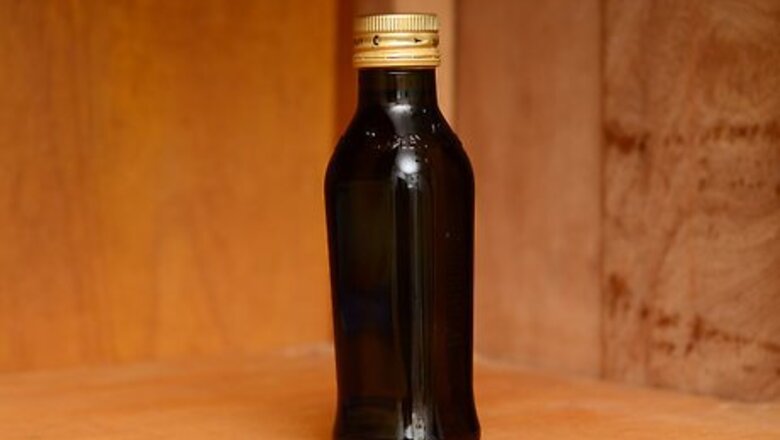
views
Extending Shelf Life with Proper Storage

Protect the oil from light. Sunlight and fluorescent lights will deteriorate the quality of the oil. Store your oil in a pantry, closet, cupboard, or other dark area with a door. Never leave the olive oil on your counter, in a window sill, or anywhere that it will be exposed to light for extended periods of time.
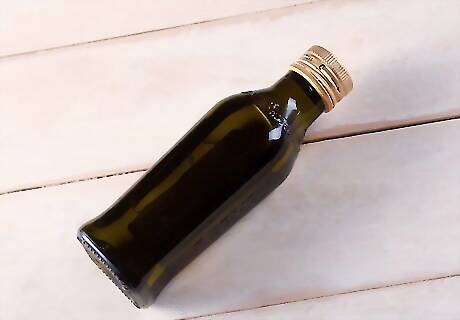
Choose the right container. The ideal container for olive oil is a stainless-steel tin or dark glass bottle that will further protect the oil from light. Olive oil often comes in clear glass bottles, and if you don’t have another container to transfer the oil to, then wrap the bottle with aluminum foil to protect it from light. Don’t use reactive metals, such as iron and copper. These materials can contaminate the oil and cause an undesired chemical reaction.
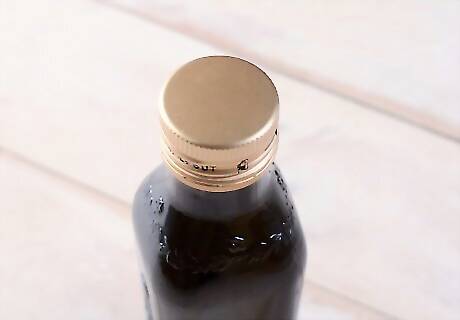
Seal the oil with an airtight lid. Oxygen is another element that will spoil olive oil. Whatever container you store your oil in, make sure it has an airtight lid that will keep out extra oxygen. After each time you use the oil, seal the lid tightly to protect the oil. If you're concerned that your lid isn't sealing properly, wrap the top of the bottle with a small sheet of plastic wrap before putting on the lid.
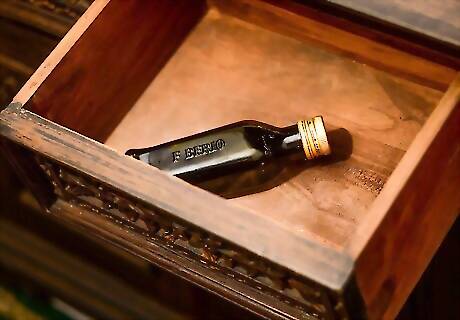
Keep the oil cool. The ideal temperature for storing olive oil is 57 F (14 C), but it can safely be stored anywhere up to 70 F (21 C). The ideal spot for olive oil is a root cellar or cold cellar that’s both cool and dark, but a cooler pantry in your kitchen will also work. You can store the oil in the refrigerator, though this isn't necessary if you can keep the oil at the right temperature outside of the refrigerator. In hot and humid climates where the temperature is typically 80 F (27 C) or hotter, storing the oil in the refrigerator will help to preserve it. Oil stored in the refrigerator will solidify and become cloudy, so you'll need to warm it up to room temperature before you can use it. Simply transfer it to the pantry and wait about half an hour for it to become liquid again.
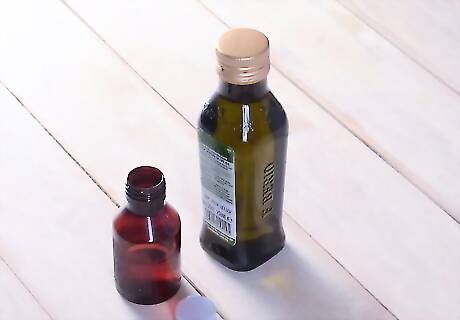
Store large quantities of oil separately. When you buy oil in bulk, transfer up to a quart (1 L) to a smaller bottle for everyday use. Seal the lid tightly on the bulk container, store it somewhere cool and dark, and only open it to refill the smaller container. Buying olive oil in bulk can help you save money, but storing the oil properly becomes even more important when you're trying to protect large quantities.
Choosing Long-Lasting Olive Oil
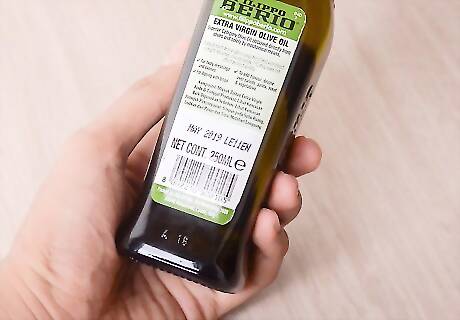
Check for a harvest date. Olive oil will be freshest within a year of the olives being harvested, but the oil will still be good for another year after that. For the freshest and longest-lasting olive oil possible, look for a harvest date on the bottle, and buy oil made with freshly harvested olives. Go by the bottling date if you can't find a harvest date on the oil. When stored properly, the oil will be good for 18 months to two years from the bottling date.
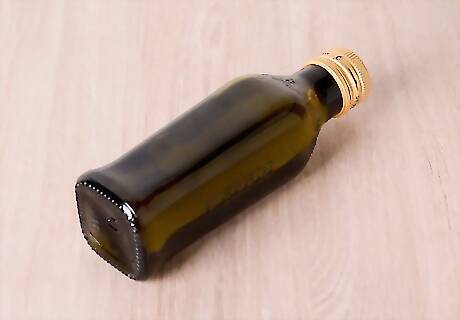
Buy oil that comes in a dark or metal container. Oil that’s bottled in dark glass or stainless steel will be protected from UV and fluorescent light in the factory, during shipment, and at the grocery store. Because light can degrade olive oil, buying oil in a dark bottle will last longer than oil bottled in clear glass.
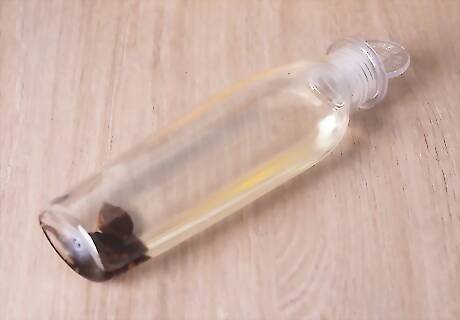
Avoid oil that comes in a plastic bottle. Plastic bottles don’t protect olive oil from light the way dark glass and metal containers do, so oil that comes in plastic containers may already have a shortened shelf life. Olive oil stored in plastic bottles also tends to have fewer carotenes, less chlorophyll, and phenols, which are antioxidants found in olives.
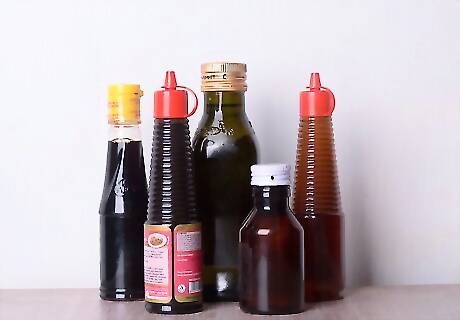
Pick a bottle from the back of the shelf. When it’s not possible to buy oil that comes in dark glass or stainless steel, choose a bottle from the back of the shelf. This way, the other bottles will have protected the oil inside from some light contamination in the grocery store.
Using Olive Oil
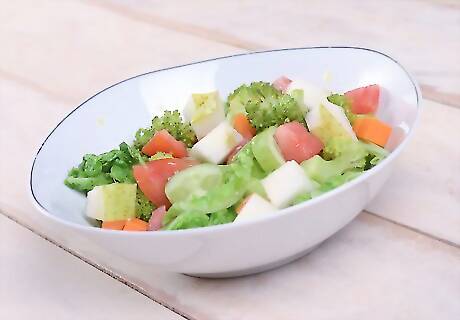
Drizzle it on foods before eating. Olive oil is a delicious garnish that you can add to foods right before serving. The oil will add an extra dimension to the flavor, add richness to the dish, and bring out some flavors in the food. Drizzle on some oil right before serving foods like: Pasta Hummus Soups Salad
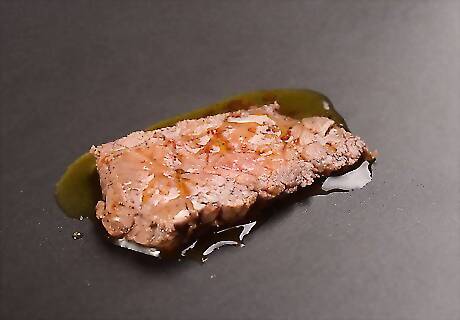
Finish meat with a splash of oil. Right before serving your favorite steak, fish filet, or other piece of meat, drizzle on a small amount of olive oil to add extra richness and juiciness to the meat. Season the meat with salt and pepper, to taste, and serve.
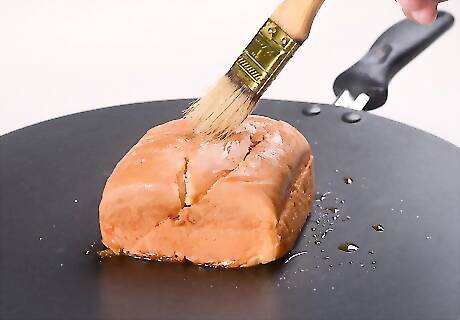
Use it in place of butter. Olive oil makes an excellent substitute for butter in some situations, especially when it comes to baked goods. Instead of spreading butter on your toast, sandwiches, muffins, or fruit breads, drizzle and spread some olive oil on top. For fresh bread, try combining olive oil and some balsamic vinegar on a flat plate and dip the bread into the oil and vinegar before eating.
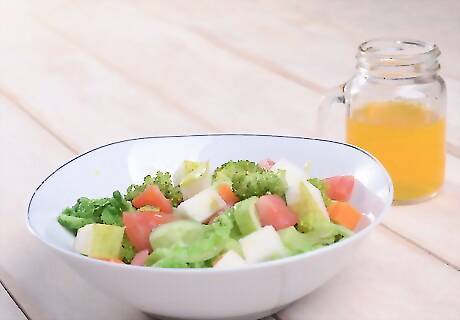
Dress your salads. Fresh olive oil has a light and non-greasy taste, which makes it ideal for making vinaigrettes and salad dressings. You can either follow a proven vinaigrette recipe, or make your own by experimenting with different combinations of: Olive oil Balsamic, rice, or wine vinegar Lemon juice Honey or maple syrup Mustard
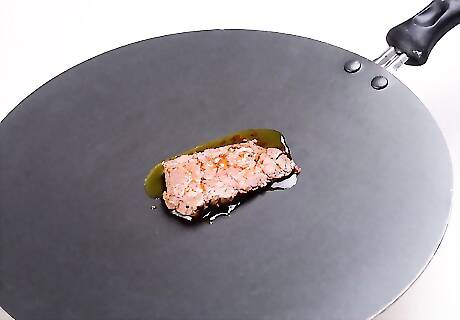
Use it for cooking. Despite its bad rap, you can cook and pan fry foods with olive oil. The smoke point, or the temperature at which the oil burns, of olive oil is anywhere between 410 and 486 F (210 and 252 C) depending on how refined it is. Most at-home cooking is done between 250 and 400 F (121 and 204 C), so olive oil is safe for: Pan frying Sautéing Stir frying














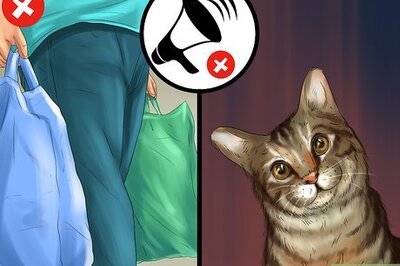




Comments
0 comment